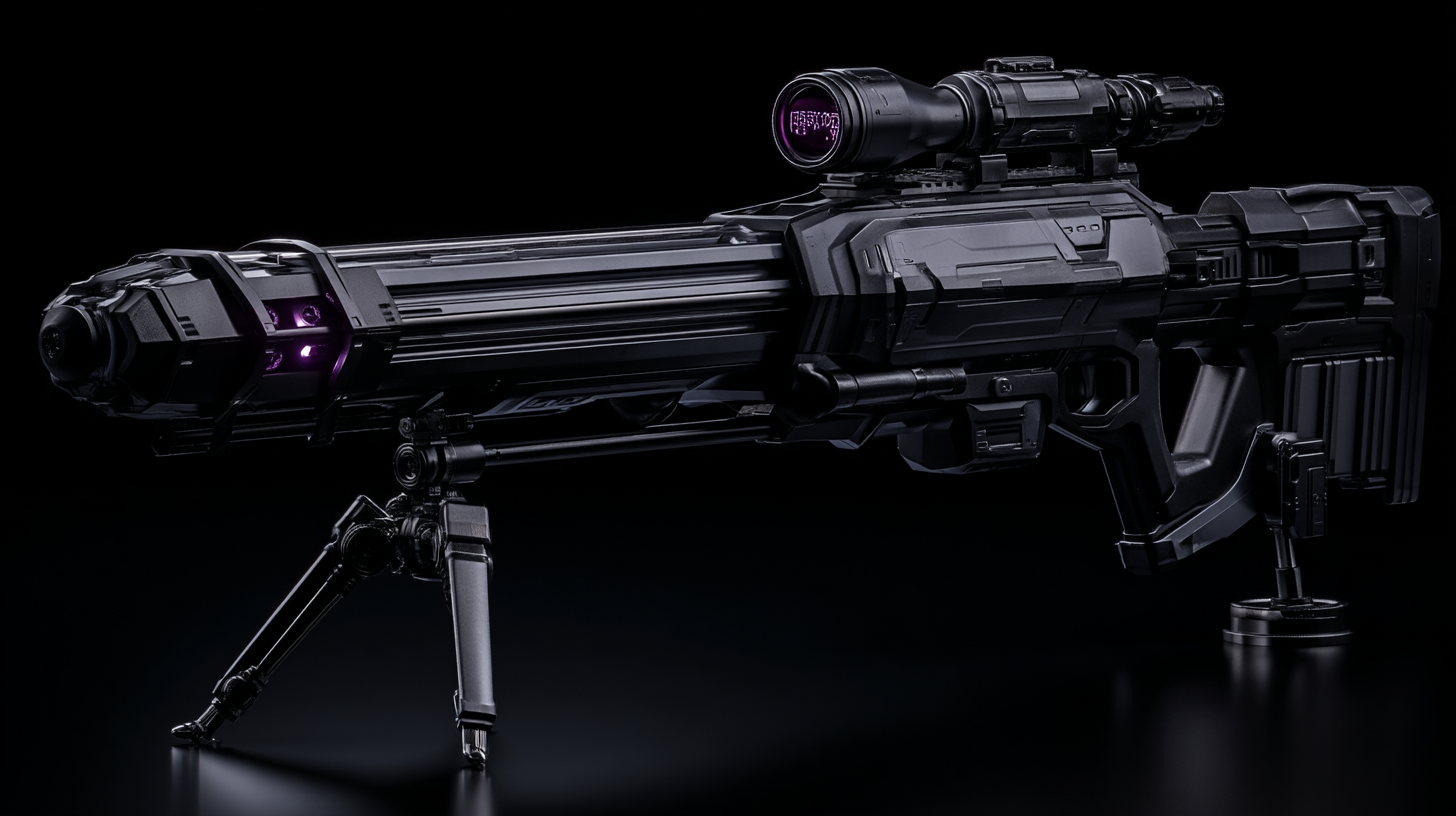Well-Known Member
OUT OF CHARACTER INFORMATION
(Describe some of the histories behind the submission. Give us some idea of how it might perform its function, what it excels against and what some limitations of it are. This is where you talk about your idea, flesh it out over at least a good-sized paragraph, and address some of the ways it might be used or abused. For especially powerful or ambitious submissions, a very thorough description is recommended.)
- Intent: Create a unique, prototype racing swoop for Eleena Salwa.
- Image Source: HB-91
- Canon Link: N/A
- Permissions:
- FAE/S-06 Vehicle Utility and Support Suite (N/A)
- HAPU | Hybrid Antimatter Power Unit (Open-Market)
- Aegis SH13LD (Open-Market)
- Sleg Ultracapacitor (Open-Market)
- ECSAI-class "Sérhannaðar" Artificial Intelligence (Open-Market)
- Primary Source:
- Manufacturer: First United Astral Engineering
- Affiliation: Eleena Salwa
- Market Status: N/A - Closed-Market
- Model: FAE/R-07 “Regina Fair” Racing Prototype Repulsor Bike
- Modularity: Yes
- Various Aesthetic Modifications and Permutations.
- Seat Height, Petal Position, and Other Relevant Ergonomic Factors May be Adjusted to Accommodate Riders of Virtually All Sizes and Builds
- Various Settings and Programming Alterations
- Variable Setup Adjustments
- Capable of Being Tuned and/or Adjusted for Different Types of Tracks, Weather Conditions, Pilot Preference, Etc.
- Systems May be Stripped as Needed or Desired
- Setup Modules May be Switched
- Production: Unique
- Material:
- Carbon Fiber
- Myoflex
- Aluminum
- Polycarbonate
- Titanium
- Misc. Racing Swoop Bike Materials
- Classification: Racing Swoop Bike
- Size: Average
- Weight: Average
- Setup Modules: Pure Power │ Side Force - Circuit │ Side Force - Oval Track │ Balance - Side Force Focus │ Balance - Power Focus
Pure Power | Side Force - Circuit | Side Force - Oval Track | Balance - Side Force Focus | Balance - Power Focus | |
Acceleration | Extreme | Average | Very High | High | Very High |
Launch | Low | Very Low | Very Low | Very Low | Very Low |
Braking Power | Low | Extreme | Low | Very High | High |
Cornering Speed | Average | Extreme | Extreme | Very High | High |
Top Speed | Extreme | Average | Very High | High | Very High |
- Propulsion: Repulsorlift
- Minimum Crew: ECSAI-class "Sérhannaðar" Artificial Intelligence
- Optimal Crew: 1 Pilot and ECSAI-class "Sérhannaðar" Artificial Intelligence
- Passenger Capacity: None
- Power and Propulsion Systems
- Computer Systems
- Computer System - ECSAI-class "Sérhannaðar" Artificial Intelligence
- Slave Circuit System
- Genetic Code, Retinal, and Dermatoglyphic Verification
- Persistent Security System - Automatic Power Shutdown Upon Hijacking by Unauthorized Agents
- Aegis SH13LD
- Piloting Control Systems
- Motion Interface Compatibility - Also Compatible with Equivalent Aftermarket NI or MMI Systems
- Misc. Systems and Components
- Repulsor Fin
- V8 Turbothrust Conversion Coiling
- Repulsorgrip Module
- Harmonic Dampening System
- Overpressure Alarm
- Various Speeder Bike Features
- All Standard Speeder Bike Features, Systems, and Components
- FAE/S-06 Vehicle Utility and Support Suite
- Additional Information
- Listed Systems Removed from the FAE/S-06 Vehicle Utility and Support Suite
- Targeting Systems
- Advanced Support Systems
- Self-Destruct Mechanism
- External Speaker System
- Standard Racing Swoop Bike Features, Systems, and Components Present if Not Mentioned
- Listed Systems Removed from the FAE/S-06 Vehicle Utility and Support Suite
- (Provide, in list format, a minimum of 1 strength of this submission.)
- Ricer - With three distinct setup modules, the Regina Fair can be tuned to the demands of almost any track or course, whether it be a ovular speedway, a technical short circuit, or something with characteristics of both.
- Power -
- Side Force -
- Balance -
- (Provide, in list format, a minimum of 1 weaknesses of this submission.)
- There Goes Pole Position - Due to a lack of the necessary gearing, the Regina Fair is quite frankly, terrible off the line, meaning that it is important to put the bike on the front row in qualifying. Even then, the Regina Fair might still suffer.
- Night in the Garage - Setup modules require a night in the garage to switch out. Full module refits can not be done during a pit stop or even during an extended period of race suspension.
(Describe some of the histories behind the submission. Give us some idea of how it might perform its function, what it excels against and what some limitations of it are. This is where you talk about your idea, flesh it out over at least a good-sized paragraph, and address some of the ways it might be used or abused. For especially powerful or ambitious submissions, a very thorough description is recommended.)
Last edited:
























